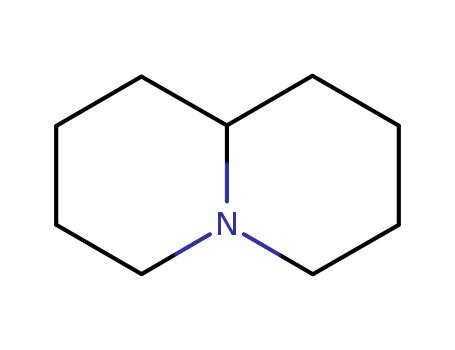10.1021/ol047476y
The study presents an efficient sequential reaction process for the synthesis of polysubstituted indolizidines and quinolizidines, which are important structural motifs found in a variety of natural products with biological activities such as neurological and antitumor functions. The process involves the reaction of iodides with δ-chloropropylamines in the presence of potassium carbonate (K2CO3) in acetonitrile (MeCN), resulting in a series of SN2/Michael addition/SN2/SN2 reactions. This method was used to synthesize indolizidine 223A, a specific alkaloid, from 2-ethyl-2-hexenoic acid in 12 linear steps with an overall yield of 14.5%. The chemicals used in the study include iodides 1, δ-chloropropylamines 5, and K2CO3, which serve as reactants and catalysts to facilitate the formation of the target compounds. The purpose of these chemicals is to enable a rapid and stereocontrolled evolution of molecular complexity, which is crucial for the total synthesis of natural products and for diversity-oriented synthesis in drug development and chemical biology.
10.1021/jo101910r
The study presents a nine-step total synthesis of the quinolizidine alkaloid (+)-Epilupinine with an overall yield of 48%. The key step in this synthesis is the intramolecular nitrile oxide-alkene cycloaddition (INOC), which is used to construct the quinolizidine skeleton. The researchers developed a novel method to efficiently prepare the challenging intermediate (R)-(2-vinylpiperid-1-yl)propanal oxime (13a) from (R)-(2-vinylpiperid-1-yl)propanol (11a) using a two-step process involving Mitsunobu reaction and N-detosylation, avoiding the use of the highly unstable aldehyde intermediate. This method was further generalized to convert various 3-(N,N-dialkylamino)propanols into their corresponding oximes. The final steps of the synthesis involve a Raney nickel-promoted desulfurization to yield the target compound (+)-Epilupinine. The study not only provides a practical and scalable route to this biologically important alkaloid but also offers a new approach for the application of INOC in the total synthesis of other alkaloids.




